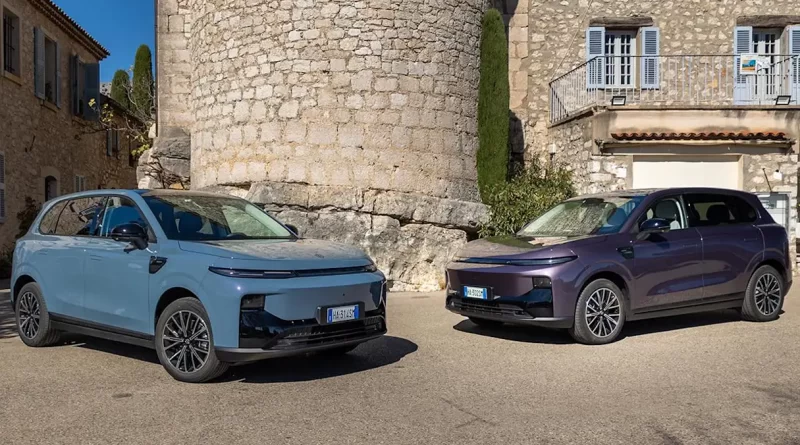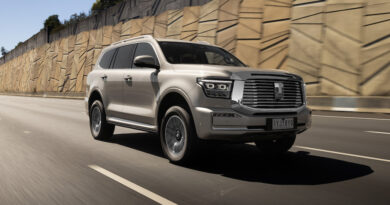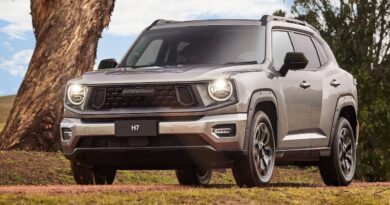2026 Leapmotor B10 Review: The cut-price Chinese EV that doesn’t drive like a Chinese EV
If I had a dollar for every time a carmaker said they’d borrowed expertise from another brand to give its vehicles a little extra dynamic prowess, I’d have, I don’t know, maybe four dollars?
Ok, that sounds less impressive than I’d hoped. But the point is Chinese car maker Leapmotor isn’t the first to leverage other brands to promote one of its models. Proton, that otherwise forgettable Malaysian OEM, was famously “tuned by Lotus” (and ignored by almost everyone), for example.
Next up is the Leapmotor B10, the latest offering from the Stellantis-backed Chinese player, which promises to be one of, if not the, cheapest electric SUV in Australia — BYD Atto 2 might have something to say about all that — when it arrives here at the end of the year.
READ MORE:
And, Leapmotor says, it has called on Alfa Romeo, Peugeot and others — and borrowed Stellantis’ European testing facilities — to sharpen up the dynamics to ensure this is a Chinese vehicle that impresses on more than just value.
So, has it worked?
2026 Leapmotor B10 price and equipment

We’re talking crazy value here. And the Leapmotor B10 certainly isn’t packaged like a budget beater, especially if you shell out the extra $3k to nab the top-spec model.
The two-trim B10 range steps from the Style, which will be $38,990 drive-away, to the Design, which is $41,990 on the road.
Stick with the entry-level trim and you’ll get 18-inch alloys, LED lighting front and rear and a big glass roof with a sun shade. Inside, there’s a big 14.6-inch central touchscreen, a second 8.8-inch screen that acts as a digital dashboard, along with wireless charging, a six-speaker stereo and a built-in dashcam. Apple CarPlay and Android Auto are coming via an over-the-air-update, and should arrive by the time Australia’s cars land.
The Style gets a 56.2kWh LFP battery that promises to deliver a 361km driving range on the WLTP cycle, with charging pegged at 140kW DC and 11kW AC. Its rear-mounted electric motor produces 160kW and 240Nm, and the sprint to 100km/h is pegged at eight-ish seconds.

But here’s where it gets interesting, because the Design is only a small stretch from there and not only do you get heaps more stuff, but you also get a bigger 67.1kWh LFP battery that ups the range to 434km and speeds up DC charging to 168kW.
You also get synthetic leather seats that are heated and cooled in the front, a heated steering wheel, automatic wipers and an LED rear light bar. The stereo is better, now 12 speakers, and you get a powered boot, too.
Buy the Style at your peril, because while you might think you can survive without a few cabin niceties from the Design, you will absolutely appreciate being able to drive further without plugging in.
Both models share the same dimensions — about 4.5m long, 1.8m wide and 1.6m tall — and cabin space is a boon. I’m 175cm and was easily able to stretch out and get comfy.
Storage is big news in itself including 22 bins and holes in the cabin, a 430 litre boot that expands to a gargantuan 1700 litres with the rear seats folded and — just to top things off — a 25-litre frunk.
2026 Leapmotor B10: What we think
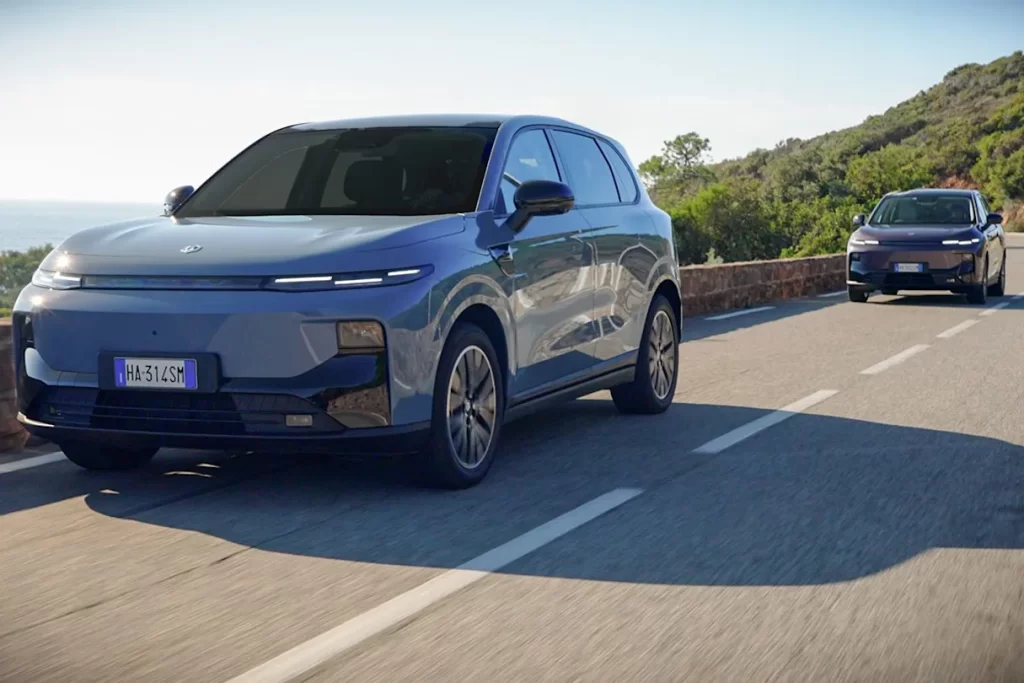
Leapmotor execs take a pretty refreshing approach to some of their communications. Not for them all this watered-down weasel speak.
They concede, for example, that modern active safety technology is “annoying” but an unfortunate regulatory necessity to shoot for a five-star rating, and that most Chinese brands offer up a drive experience that’s somewhere between a warm glass of milk and a handful of Valium on the excitement index (though it’s possible I paraphrased that last bit slightly).
Sadly, Leapmotor is powerless to fix the first one. While the brand says the over-zealous nature of its active safety systems have been improved for both the B10 and its C10 bigger brother, and that they will continue to be tweaked via OTA updates, they remain a relentlessly nagging annoyance for now. To be fair, Leapmotor is hardly alone on this front, but you will learn how to switch them off, and switch them off fast.
The second one, though, they’ve taken a real stab at. Leamotor is a joint-venture business with Stellantis (think Alfa Romeo, Fiat, Peugeot, Citroen etc), and the Chinese arm has leant heavily on its European counterparts to deliver a vehicle that promises to be far more dynamically assured than some of its rivals.
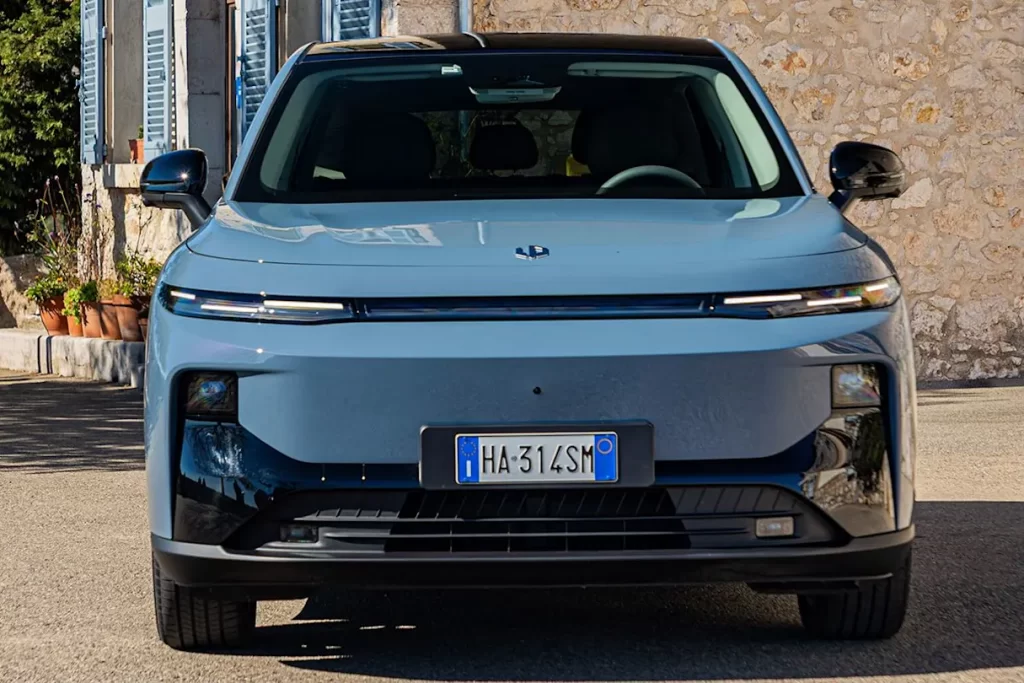
Its rear-mounted motor means rear-wheel drive, for example, and the weight distribution is a perfect 50:50. The battery is integrated into the chassis for more stiffness, and the B10 was tested and tuned at the Balocco Proving Ground in Italy.
So, did it work? The answer is a resounding kind of. Put it this way – there’s absolutely nothing wrong with the way B10 drives. It’s an improvement over the C10, it felt composed and comfortable on everything we threw at it, and it didn’t feel like it was committing hari-kari on the twister stuff, either.
In fact, aside from steering that feels pretty light and lifeless in its softest setting, and some body roll through tighter bends, there’s nothing much to complain about in the way it drives.
Billing the B10 as some kind of track-tuned, rear-drive sportscar, though, is a folly. One, it doesn’t live up to that hype. But more importantly, who shopping for an electric small SUV wants that anyway? Better, I think, to define the B10 as a model that embraces the stereotypical failings of some Chinese models, and takes real and effective steps to correct them.
Is it the last word in excitement? It is not. But the B10 is now a very solid-feeling option from this new Chinese player, and one that utterly defies its price point.
2026 Leapmotor B10: Verdict
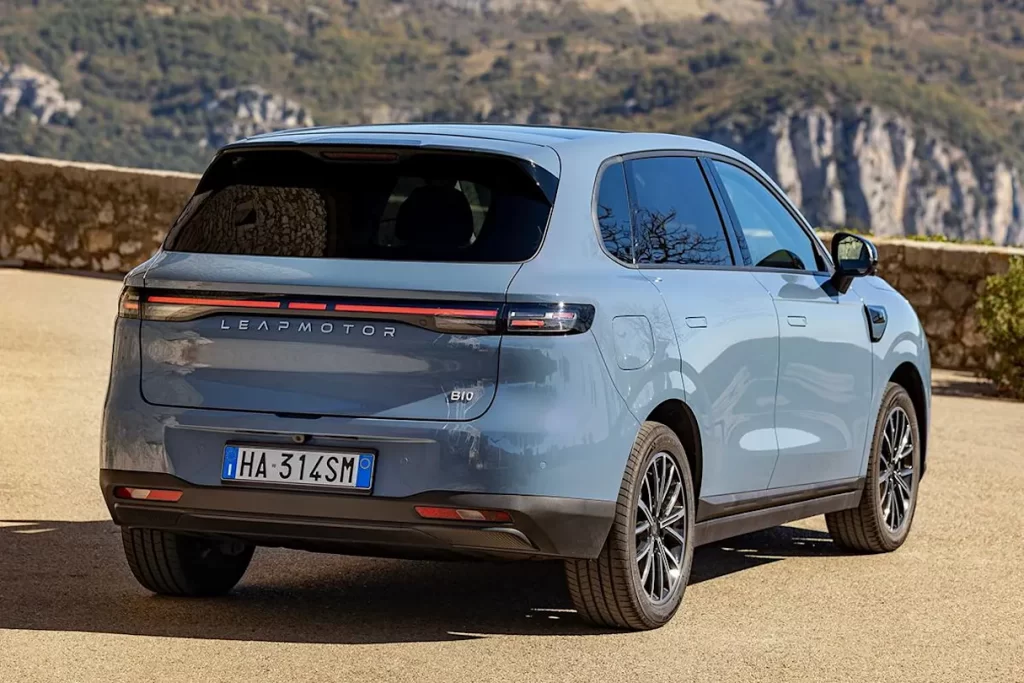
Leapmotor improves its own electric SUV formula with the B10, and with sharp pricing, a six-year warranty (though we’d like it to be longer) and an actual dealership network, it’s the brand’s best chance to date of making a dent in our crowded SUV market.
SCORE: 3.5/5
2026 Leapmotor B10 specifications
Price: From $38,990 drive away
Basics: EV, 5 seats, 5 doors, SUV, RWD
Range: 361km – 434km
Battery capacity: 56.2kWh – 67.1kWh LFP
Battery warranty: Eight-years/160,000km
Energy consumption: TBA
Motors: 1 rear
Output: 160kW and 240Nm
AC charging: 11kW, Type 2 plug
DC charging: 140kW – 168kW, CCS plug
0-100km/h: 8.0 seconds

